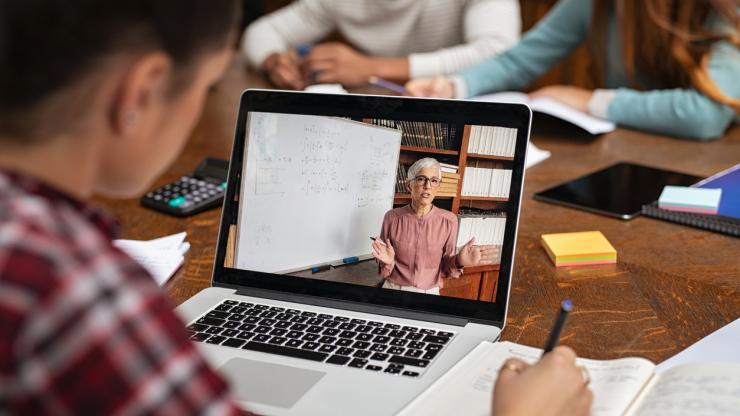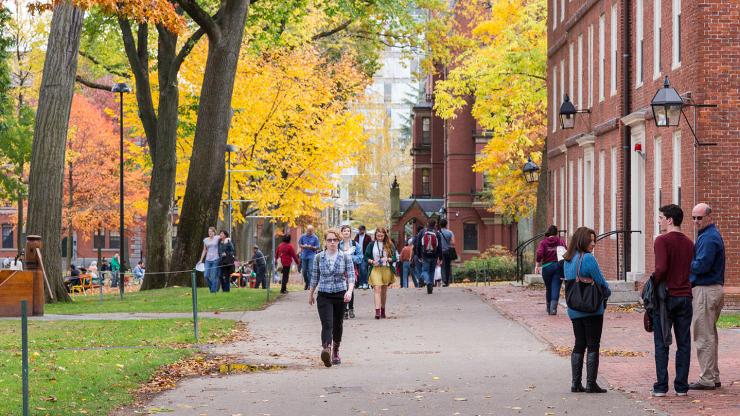The cost of getting America's students back on track
Professor Susan Dynarski wrote an article for The New York Times’ Economic View column titled “The school year really ended in March.” In her piece, she acknowledged that school children are struggling to learn under increasingly challenging conditions and that abrupt school closings have negatively impacted the learning trajectory of millions of students.
“If the country doesn’t recognize this fact and respond accordingly—with large federally funded programs to reverse the losses—we will do great harm to a generation of children who will learn less than those who went before them,” she said. The possible larger-scale negative impacts could include lower literacy rates, lower graduation rates, and a shortage of trained workers—all of which could hamper overall economic recovery and exacerbate earning inequalities.
“The disruption to American society created by this pandemic has no parallel in modern history,” she added, citing that the large cost of lost education time is proportionally equal to about a third, or $133 billion, of the average cost of U.S. public education each year. This is the same amount of money that was used to rebuild Europe after World War II.
The educational disruption has other costs as well. It has exposed and intensified gaps in schooling and in families’ abilities to support learning. “Most children will return to school without the skills and concepts they were meant to master this spring,” she said. “Many will have lost ground, and will need to relearn an entire year’s worth of material. This is what the United States will confront as schools reopen.”
Options to bridge the gap include summer school, if a community can re-open safely. Other options may include extended days, rotating classroom instruction with online instruction, tutoring, sourcing volunteer assistants for teaching or technology purposes, and elevating the efficacy of online instruction with more technical and pedagogical support. In all cases, Dynarski explained, state tax revenue and nonprofits cannot foot this large of a bill; the federal government needs to step in, keeping in mind that the return on investment would be great. In the short term, educators would be able to spend what they earned to boost the economy, and longer term, the nation would have a better-educated and more productive society.
Right now, few families have the resources or wherewithal to closely supervise their child’s learning, so Dynarski stated that the expectation that all parents can “pull off” homeschooling is faulty. “Unless the United States takes action to restore the education that so many children have lost, it will suffer as a society. There is likely to be rising inequality in our schools, with widening gaps in achievement and spiking dropout rates.”
This growing inequality will impact the work force. Well-educated people could earn higher salaries due to their scarcity, and poorly educated people would earn even less because their numbers have grown, she said, adding that she fears a future in which a privileged minority of children are well educated, while the majority who depend on public schools are left further behind.
“The sooner we face it, the faster we can fix it,” she said.
The Times’ Economic View column explores life through an economic lens with leading economists and writers. Dynarski is a professor in the Gerald R. Ford School of Public Policy and in the Center for the Study of Higher and Postsecondary Education.
More News
Michael Bastedo’s research informs new college admissions tool aimed at increasing equity and access



